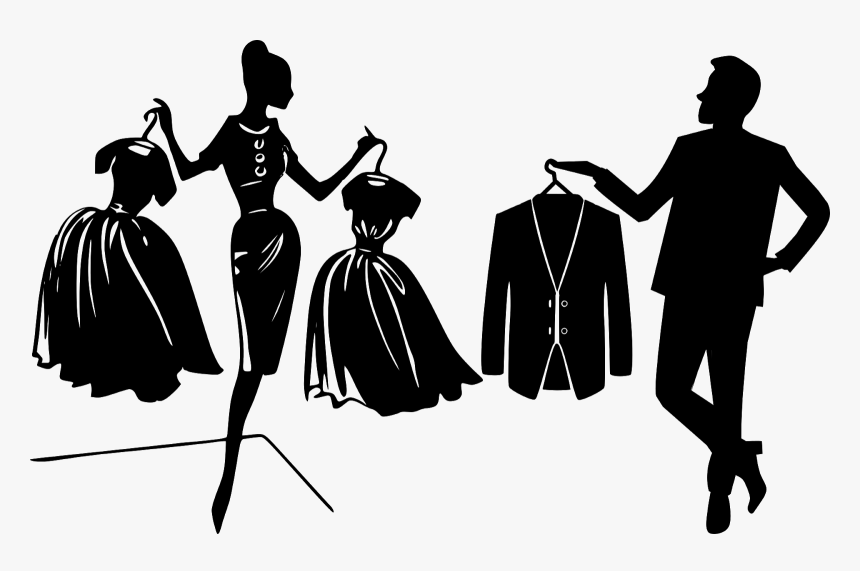15 Statement Lipstick Shades for a Bold Lip Look

Updated at: 2025-02-21 13:56:09 (9 months ago by Melkisedeck Leon Shine)
```htmlUnlock Your Inner Siren: 15 Bold Lip Shades to Make a Statement
A bold lip can transform your entire look, instantly boosting confidence and making a lasting impression. It's more than just makeup; it's a powerful statement of self-expression. This curated selection of 15 statement lip shades offers a diverse palette to explore, from timeless classics to daringly unconventional choices. Prepare to turn heads and unleash your inner beauty icon!
-
Classic Red: The epitome of elegance and power, a classic red lip is eternally stylish. Its sophistication transcends trends, instantly adding glamour to any ensemble. Consider MAC Ruby Woo for a true, timeless bold red.
-
Vibrant Fuchsia: Inject playful energy into your look with a vibrant fuchsia. This cheerful shade complements a wide range of skin tones, adding a radiant pop of color. NARS Schiap is a phenomenal choice for a high-impact fuchsia.
-
Deep Plum: Embrace mystery and drama with a deep plum shade. This richly pigmented color is perfect for evening events or when you desire a captivating, sultry look. Lipstick Queen Black Lace Rabbit offers a uniquely alluring deep plum experience.
-
Electric Orange: Make a bold, unforgettable statement with an electric orange. This vibrant hue exudes youthful energy and daring confidence. Maybelline Color Sensational Vivids in Electric Orange delivers a high-impact, long-lasting finish.
-
Mysterious Black: Dare to be different with black lipstick. This unconventional shade creates an edgy, mysterious allure that's sure to command attention. Kat Von D Everlasting Liquid Lipstick in Witches is a definitive choice for a long-lasting black lip.
-
Dark Berry: Achieve a bold lip without overwhelming your look with a dark berry shade. This rich, sultry color adds depth and intensity, perfect for a sophisticated edge. MAC Diva is a stunning dark berry option that flatters numerous skin tones.
-
Hot Pink: Embrace playfulness and attention with a vibrant hot pink. This energetic shade instantly adds youthfulness and a fun, bold twist to any makeup look. Revlon Super Lustrous Lipstick in Fuchsia Shock is a great option for achieving a bold pink pout.
-
Metallic Gold: Elevate your lip game to a futuristic level with metallic gold. This striking shade is ideal for special occasions or when you want to make a bold, high-fashion statement. NYX Professional Makeup Wicked Lippie in Mischievous offers a stunning metallic gold finish.
-
Deep Burgundy: Channel your inner vamp with a deep burgundy. This seductive and intensely pigmented shade creates a mysterious and alluring look. Bite Beauty Amuse Bouche Lipstick in Liquorice is an intense burgundy that delivers both color and comfort.
-
Vivid Purple: Express your unique style with a vivid purple. This unconventional color adds a touch of creativity and individuality to your makeup. Urban Decay Vice Lipstick in Pandemonium is a long-lasting, intensely pigmented purple option.
-
Nude with a Twist: A statement lip doesn't always have to be intensely bold. A nude lip with a twist—like a shimmery or metallic finish—can create a sophisticated and eye-catching look. Charlotte Tilbury K.I.S.S.I.N.G Lipstick in Penelope Pink is a perfect example of a nude with added shimmer.
-
Neon Coral: Embrace summer vibrancy with a neon coral shade. This bright, energetic color instantly brightens your face and adds a fun, unexpected element to your look. Lime Crime Velvetines Liquid Lipstick in Jinx offers a vibrant neon coral that is sure to make a statement.
-
Glitter Gloss: For a truly show-stopping effect, add a glitter gloss. This dazzling finish adds glamour and drama to any lip color, transforming your look into something truly unforgettable. Stila Glitterati Lip Top Coat in Transcend offers a mesmerizing, ultra-glamorous glitter finish.
-
Dark Chocolate: Unleash your inner femme fatale with a dark chocolate lip. This deep, rich shade adds mystery and sophistication. MAC Lipstick in Film Noir is a classic dark chocolate shade that delivers a luxurious look.
-
Ombre Effect: Take your lip artistry to the next level with an ombre effect. Blend two or more shades to create a gradient, showcasing your creativity and adding visual depth. Experiment with different color combinations and textures for truly unique ombre lips.
The key to achieving a bold and dramatic lip look lies in embracing your creativity and experimenting with different shades. Select colors that complement your skin tone and, most importantly, make you feel confident and radiant. Whether you opt for a timeless classic or a daring new shade, these statement lip colors will elevate your makeup game and help you shine. So go ahead, explore these stunning shades, and let your inner beauty icon shine!
```
